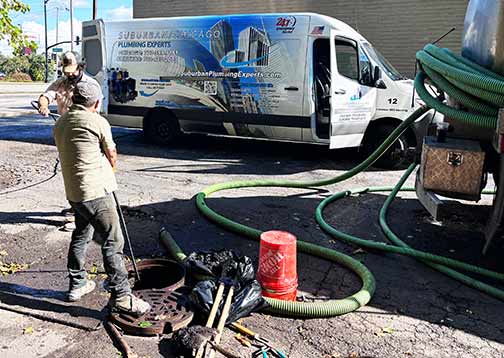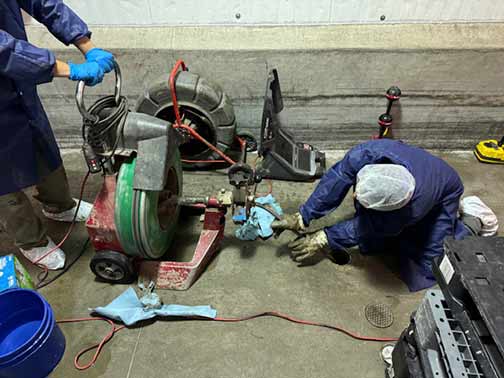
Maintenance problems in commercial buildings are typically more damaging than maintenance problems in homes, says Campus Management. Unlike in your home, where only your family is impacted by the issues, customers, staff, and visitors suffer when the same problems happen in a commercial building.
Maintenance problems in a commercial building also hurt the reputation of the property owner or manager as well as the profits of the businesses that occupy the premises. No maintenance problem does this more than drainage and sewer line problems.
This is partly because commercial drainage systems are complex and extremely hard to manage. It is also because these systems are used by a large number of people daily. Moreover, these people are more likely to abuse the drains in the building.
Consequently, drainage problems are more common and severe in commercial buildings. This is why these drain and sewer line issues must be resolved quickly. What are some of the common drain and sewer issues that you find in a commercial building?
Common drainage and sewer line problems in commercial buildings
Hidden leaks
Hidden leaks are probably the number one problem in a commercial drainage system. The size of the plumbing provides many opportunities for leaks, and it is also difficult to locate those leaks.
Multiple slow drains
The interconnected nature of commercial drainage systems means that several drains in a building can become slow simultaneously. This is partly due to mineral buildup inside the pipes and also because of how the system is used.
Backed-up toilets
Toilet clogs are a common occurrence in commercial buildings, not only because of the volume of daily activity but also because visitors to the facilities tend to abuse the toilets by dumping unflushable items into the drains.
Clogged sewer lines
Whatever enters the toilet ultimately finds its way into the sewer line. Sanitary products, paper towels, tissues, dental floss, chewing gum, and band-aids are just a few of the things people dump into the toilets in a commercial building.
Bad odors from drains
Drainpipes with lots of buildup in them can emit bad odors. The wastewater festers as the organic materials in it decay. This causes pungent gases to build up and eventually enter the building via the drains.
Backed-up floor drains
Backed-up floor drains are a common problem in commercial building clogs because there are more solids and oily materials in the environment. If there are no grates to filter out the debris, a lot of dirt will sweep into the drains and block them.
Burst or damaged pipes
The potential for drainpipe or sewer line damage is higher in a commercial plumbing system because of the sheer size of the system, its complexity, the number of people using the fixtures, and its tendency to abuse them.

How to maintain commercial drainage systems and sewer line
When managing a commercial drainage system, it is a bad idea to employ strategies that leave you reacting to events. Because of the sensitivity of the plumbing and the widespread impact of drain issues on the building and businesses, you need a system that helps you stay steps ahead of problems.
This is the cost-effective way to protect the operations and reputation of businesses in the building, the health of their employees, and the comfort of customers. Building such a system requires that you adopt a proactive approach comprising these 5 major components.
Scheduled drain inspections
Preplanned inspections let you preempt the problems in your drainpipes and sewer line by letting you detect those issues at their early stages. Inspections should be done whether there are problems with the drainpipes and sewer system or not.
Timely repairs and upgrades
Most leaks can be prevented if pipes, connections, and other components of the system are repaired or replaced at the first sign of trouble. It is also important to constantly improve performance by upgrading various aspects of the drainage system.
Regular sewer line cleaning
The processes that cause buildup inside the drainpipes and sewer line never stop. The only way to combat their effect is to have the drain lines cleaned professionally at regular intervals. There is no better way to prevent clogs and blockages.
Get emergency drain services
To keep your drain pipes and sewer line flowing at all times, you cannot rely on a regular plumber to help you solve drain emergencies in your building. You need an emergency plumber who can reduce the impact of drain problems by responding quickly by way of a hydro jetting service.
Hire a qualified plumber
Commercial drainage systems and sewer lines are beyond the scope of plumbers who specialize in residential plumbing systems. Make sure the plumber you work with has experience with commercial drainage systems.
Lastly, when hiring a commercial plumber, make sure they can work with you to create a drain and sewer line management plan that includes these 5 elements. That plan should be specifically designed to meet the needs and peculiarities of your building.

